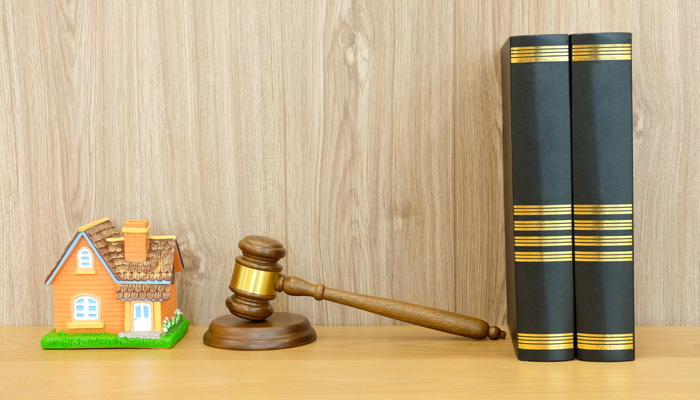When an landlord rents a property, he is entitled to get a portion of the tenant’s rent as a security deposit. The  amount that the owner of a property charges as a security deposit should be proportional to the risk of the tenant, which can be calculated by conducting background and credit checks. The amount that the owner can ask for as a security deposit also depends on the type of Section 8 assistance that the owner has.
amount that the owner of a property charges as a security deposit should be proportional to the risk of the tenant, which can be calculated by conducting background and credit checks. The amount that the owner can ask for as a security deposit also depends on the type of Section 8 assistance that the owner has.
On receiving a security deposit from a tenant, the owner should:
- Provide the tenant a written receipt of the deposit;
- Deposit that money in a bank account, which is separate from his funds; and
- Pay interest to the tenant on tenant’s portion of the security deposit.
How to Handle Security Deposits in Compliance with HUD?
Many property owners make the mistake of not learning enough about security deposits. The lack of knowledge can lead to penalties against the owners. Some tips for complying with the laws regarding security deposits are as follows:
- Recording Current Condition of Property
An owner should have the tenant sign an agreement that acknowledges the condition of the property before the tenant takes possession. This protects the owner from potential cost of damages when the tenant moves out. Some owners also encourage their tenants to inspect the property and make notes about any damages before the tenant moves in.
- Collecting and Storing the Damage Deposit
Some states do not limit a security deposit amount. However, the owner can charge rent for 1-2 months as security deposit. In regard to storing a tenant’s security deposit amount, owners are advised to keep the security deposit money in a separate bank account and not mix that amount with any other funds. In addition, it is required that the owners pay the tenant any interest accrued from the security deposit money, if it is held in an interest bearing account.
- Inspecting the Property and Returning the Security Deposit
When a lease agreement ends for any reason, the owner should inspect the condition of the property after the tenant vacates it. If there are notable damages, which are more than typical wear and tear, then the owner is required to have the repair costs professionally estimated.
- Returning Security Deposits with Urgency
In some states, the property owner gets 30 days after a lease expires to return the security deposit to the tenant. If the deposit is not returned within that timeframe, the tenant can bring a lawsuit against the owner. The owner is guaranteed to lose the lawsuit if he cannot prove that he sent the deposit within those 30 days.
Also, the tenant can sue three times for the deposit amount if the owner does not abide by the 30-day rule. Thus, performing the final inspection and returning funds on-time should be taken seriously.
- Clearly Defining the Deductions from the Security Deposit
If the owner has deducted money from a resident’s deposit, it is required that the owner sends an itemized statement within 30 days to the tenant. The statement must show the charges in detail. The owner must take a good number of photographs before a tenant moves in and moves out. The owner might need those photographs as an evidence to back up charges in case the tenant disputes the statement.
In all cases, it is important that the owners follow the state laws and requirements to handle the tenant security deposits as best as possible. It is also advisable that the owner chooses a tenant who would care for the rented property. The owner should conduct ample background screening for the tenant and choose someone who would be responsible with the rented property.
For more insights on security deposits and how it must be dealt with in compliance with HUD, attend this Webinar by expert speaker Debbie Hixon, who is the president and Owner of Hixon Training & Consulting, LLC with over 25 years in the Affordable Housing Industry. You will also be able to learn about associated charges that you as a property owner can ask for from the tenant.




